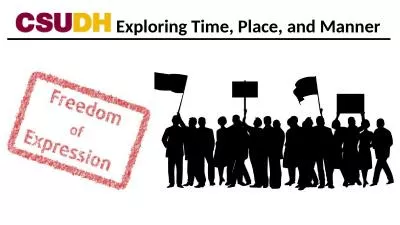PPT-African Music Exploring Music 7
Author : breezeibm | Published Date : 2020-08-28
Family Life Families provide focus for community activities singing dancing and music are important parts of family life Rural Lifestyle Up at dawn and return home
Presentation Embed Code
Download Presentation
Download Presentation The PPT/PDF document "African Music Exploring Music 7" is the property of its rightful owner. Permission is granted to download and print the materials on this website for personal, non-commercial use only, and to display it on your personal computer provided you do not modify the materials and that you retain all copyright notices contained in the materials. By downloading content from our website, you accept the terms of this agreement.
African Music Exploring Music 7: Transcript
Download Rules Of Document
"African Music Exploring Music 7"The content belongs to its owner. You may download and print it for personal use, without modification, and keep all copyright notices. By downloading, you agree to these terms.
Related Documents

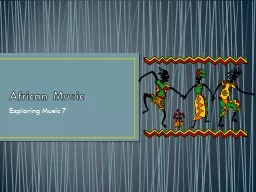
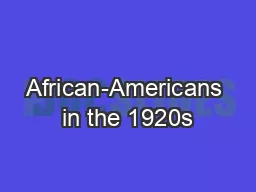
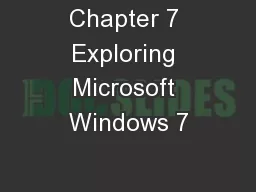

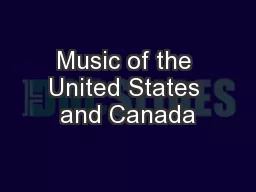
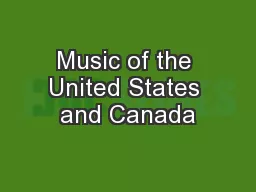
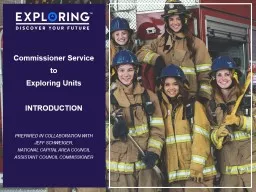
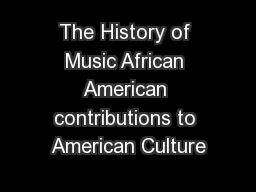


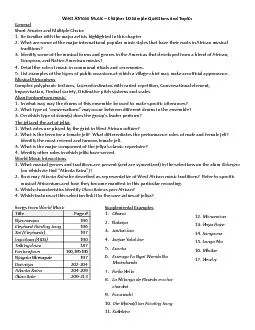
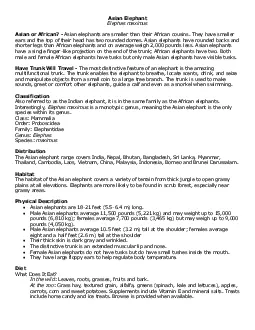
![[EBOOK]-Exploring the World of Chemistry: From Ancient Metals to High-Speed Computers](https://thumbs.docslides.com/956424/ebook-exploring-the-world-of-chemistry-from-ancient-metals-to-high-speed-computers-exploring-series-exploring-new-leaf-press.jpg)
